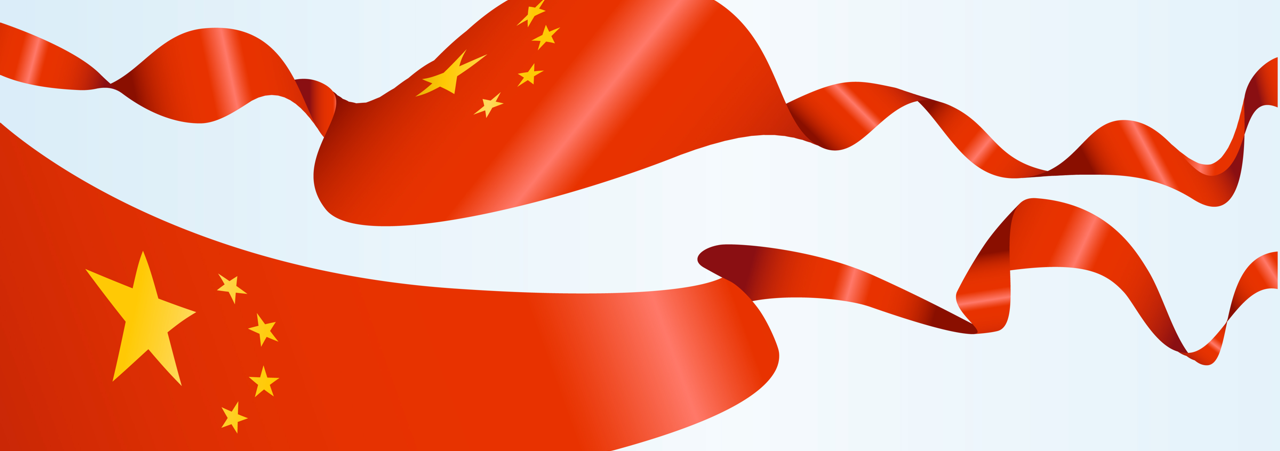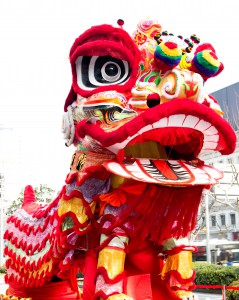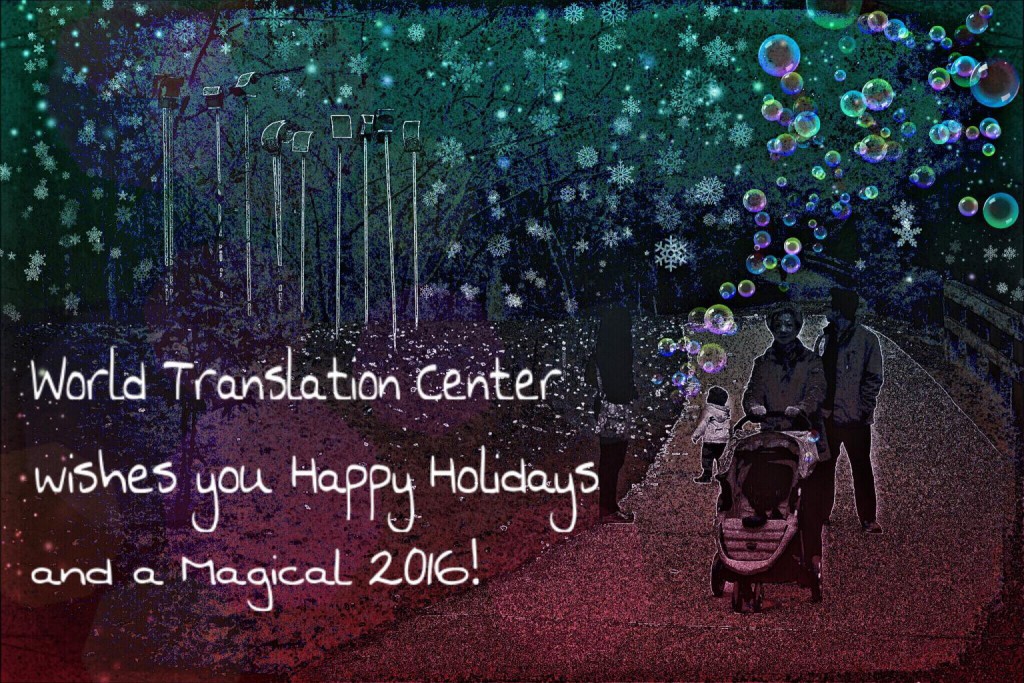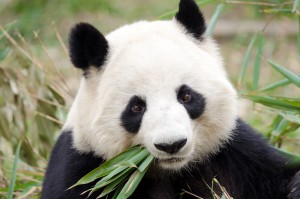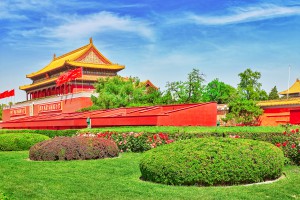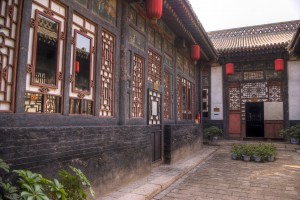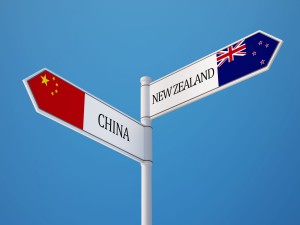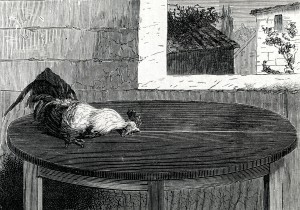Recent Articles
Chinese New Year
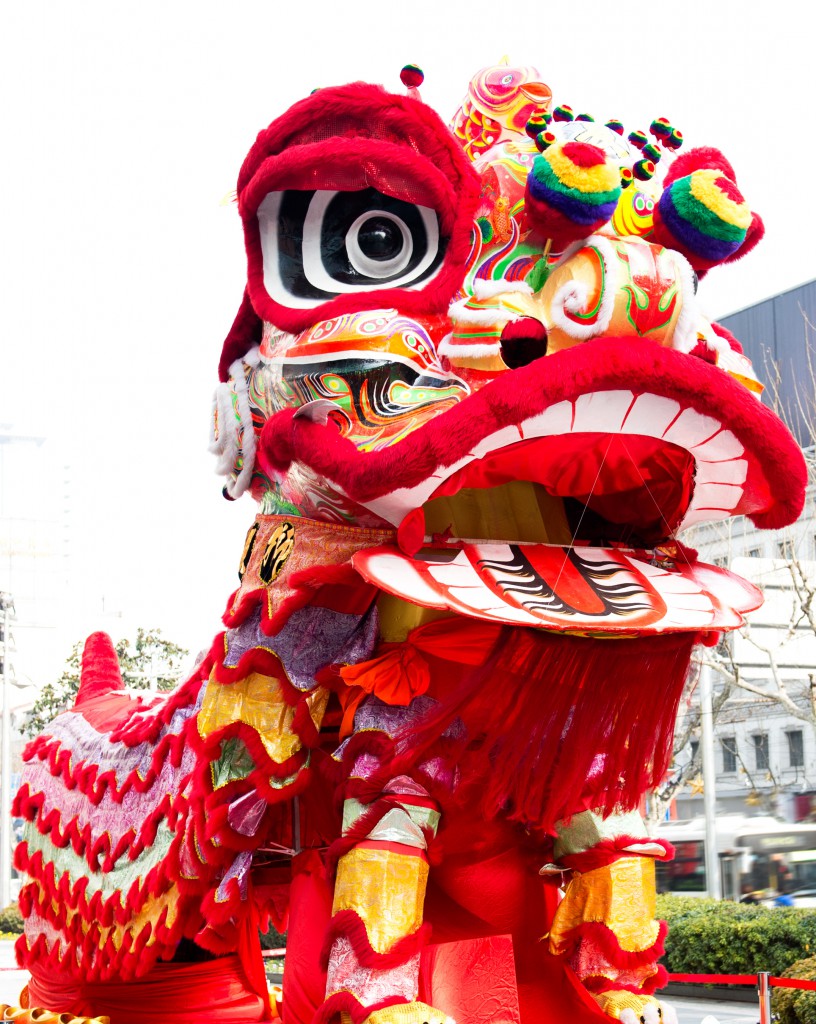
The Chinese Lunar New Year is approaching. This year celebrated on Monday February 8, 2016, the first day of the new year falls on the day of the new moon between January 21st and February 20th each year. This year is the year of the monkey, the ninth in a twelve year cycle of animals.
New Year’s celebrations last from New Year’s Eve through the 15th calendar day. Each day holds a new celebration or custom. Traditionally New Year’s Eve is the night of the reunion dinner, Nian Ye Fan, in which family members gather and dine upon dishes thought to bring prosperity and luck. Red envelopes with money are also given at this time. New Year’s Day is a day of making offerings to ancestors. Fireworks are also a tradition and are used to scare away evil spirits. Days 2-7 are spent visiting with family and friends. On the eighth day of the new year most Chinese return to work. This is due to the belief that 8 is a lucky number. Day 15, and the end of the festivities is marked by the Lantern Festival.
During the Lantern Festival lanterns are lit and released into the sky as well as set afloat on rivers and lakes. Hanging lanterns, large and small, decorate the streets. Fireworks are also customary on the fifteenth night. Lion dances are an important part of the Lantern Festival. Performed by two skilled dancers in one lion costume, the lion moves to the beat of a drum in a ceremonial type dance that is said to ward off evil. Customarily a dish called Tangyuan, consisting of ball shaped dumplings stuffed with different fillings in a fermented rice broth, is eaten after the Lantern Festival.
Tourists traveling to China for the New Year should book their accommodations early as this time of year is the busiest travel period in China. There are celebrations all over China so tourists in any of the major cities should find plenty of festivities to take part in.
Giant Panda to be Released
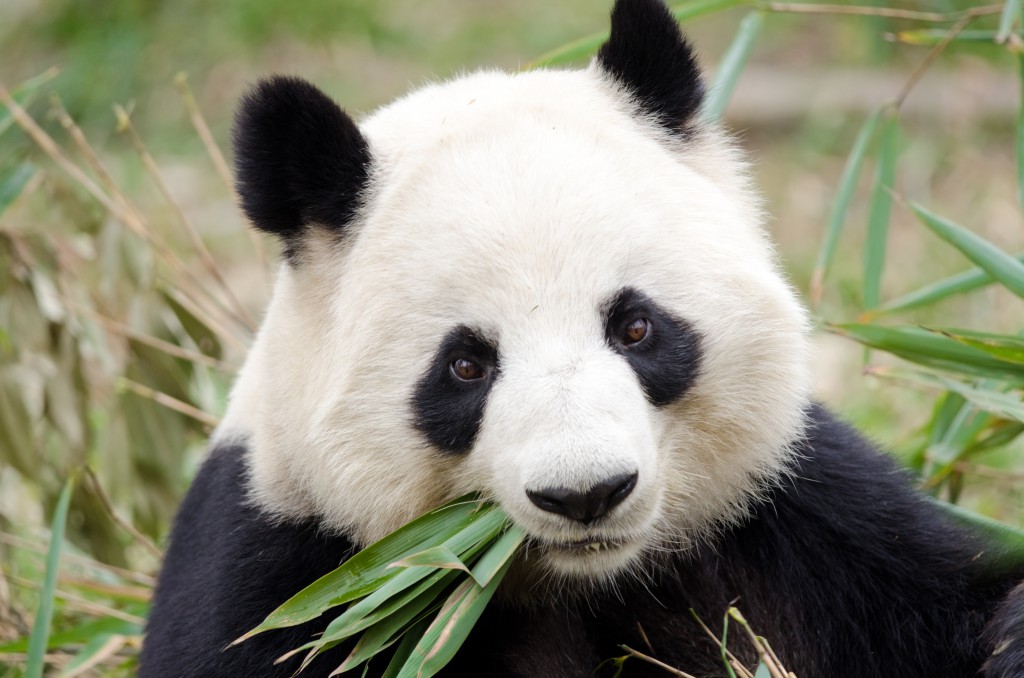
China will release another giant panda, bred in captivity, into the wild this Thursday. Hua Jiao, a two year old female, will be the fifth panda to be released. She is the younger sister of Tao Tao, a male panda that was released in 2012.
Hua Jiao has gone through extensive wilderness training. The wilderness training reserve where Hua Jiao currently resides is located in the Tiantai Mountain. She will be released into the Liziping Nature Reserve, the same place her brother was released.
The China Conservation and Research Center for the Giant Panda (CCRCGP) began releasing captive born pandas in to the wild in 2006. The first was a five year old male panda, Xiang Xiang, who survived only a year after release. Since then three more pandas have been released from 2012 to 2014. Of the three, two of the pandas including Hua Jiao’s brother are alive and doing well. The pandas are monitored after release with the help of GPS collars and radio positioning tools.
Giant pandas remain one of the world’s most endangered species, with less than 2,000 pandas living in the wild. In 2013, 375 pandas were existing in captivity, 200 of those at the CCRCGP. By releasing these pandas, the hope remains that one day they may no longer be on the endangered list.
Travel to China
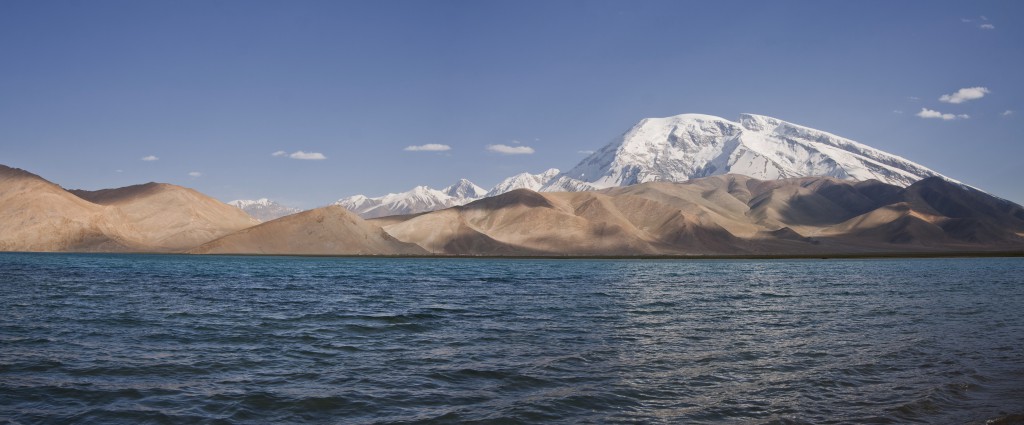
Things to know before you travel to China:
- Cash is king. While most of large restaurants and hotels except credit cards, many businesses require payment in cash.
- Currency exchange is a must. China only recognizes its own currency, the yuan.
- Don’t tip in China. While most Americans would think it rude not to leave a tip, the Chinese don’t tip and aren’t expecting you to either.
- The tap water is not drinkable. Bottled water should be readily available for purchase.
- Bring toilet paper with you. While out and about many bathroom facilities in China will not provide toilet paper, so it’s best to be prepared.
- Utilize public transportation. China’s G-trains are affordable and fast.
- Real Chinese food isn’t what you will find in restaurants across the U.S. Don’t go looking for sweet and sour chicken and egg rolls, typical Chinese dishes are more simplistic.
- Expect to have less personal space. Chinese cities are often crowded and it isn’t uncommon to be shoved or jostled around.
- Explore beyond the big city. China has a lot to offer, including some natural beauties, like the Karakul Lake.
Brave Men’s Bridge
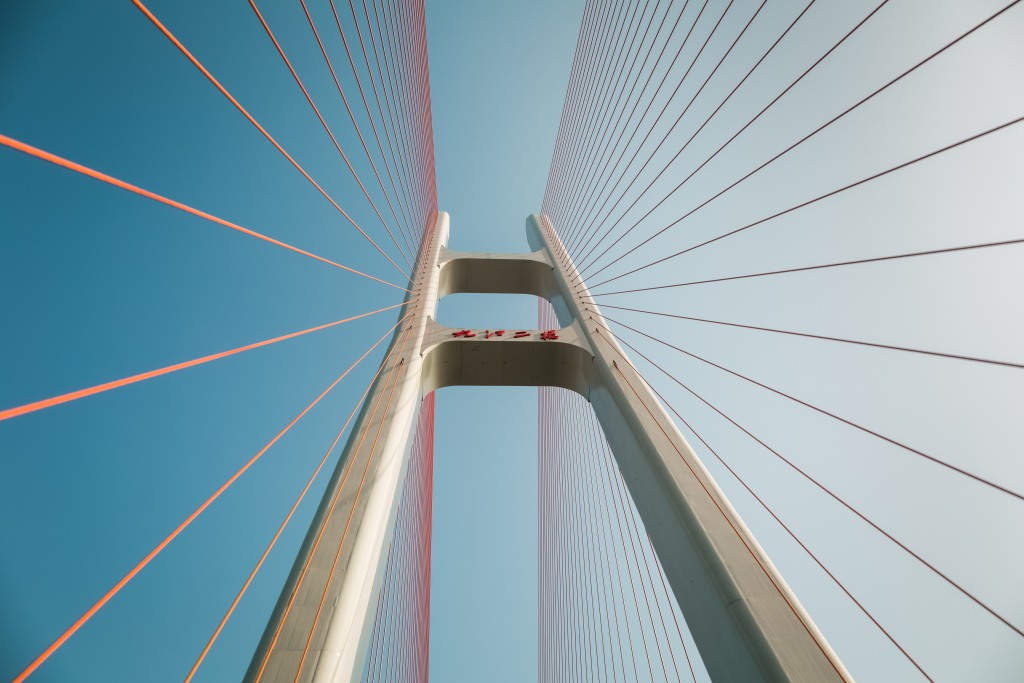
A new glass suspension bridge recently opened in Shiniuizhai National Geological Park, China. The bridge is 980 feet long and sits at a height of 600 feet. The glass-bottomed bridge, named the Haohan Qiao Bridge, or Brave Men’s Bridge in English, is already bringing tourists to their knees.
The bridge is constructed of glass that is 25 times stronger than normal glass. It is reinforced with its steel frame. While the bridge is perfectly safe according to the designer, it can make your stomach drop in fear and your palms sweat.
Just recently, at another Chinese glass walkway, tourists got quite a scare when the top pane of a triple pane of glass broke underneath them. Park officials at the Yuntai Mountain Scenic Park claimed that the crack did not compromise the safety of the walkway, but it did send thrill-seekers running to the safe haven of solid ground.
The Haohan Qiao Bridge was originally made of wood. In 2014 a section of the bridge was replaced with glass. The suspension bridge was transformed to a completely glass structure earlier this year, the first of its kind in China.
Another glass suspension bridge will be coming soon to the Hunan Province. The bridge, which is set to open at Zhangjiajie Grand Canyon, will be even longer and higher than the Haohan Qiao Bridge. Thrill seeking visitors will soon have their pick of terrifying glass-bottomed bridge excursions.
Check out images of the bridge here: http://www.huffingtonpost.com/entry/china-glass-bottom-bridge-haohan-qiao_560befa7e4b0768126fff2d2
China’s National Day
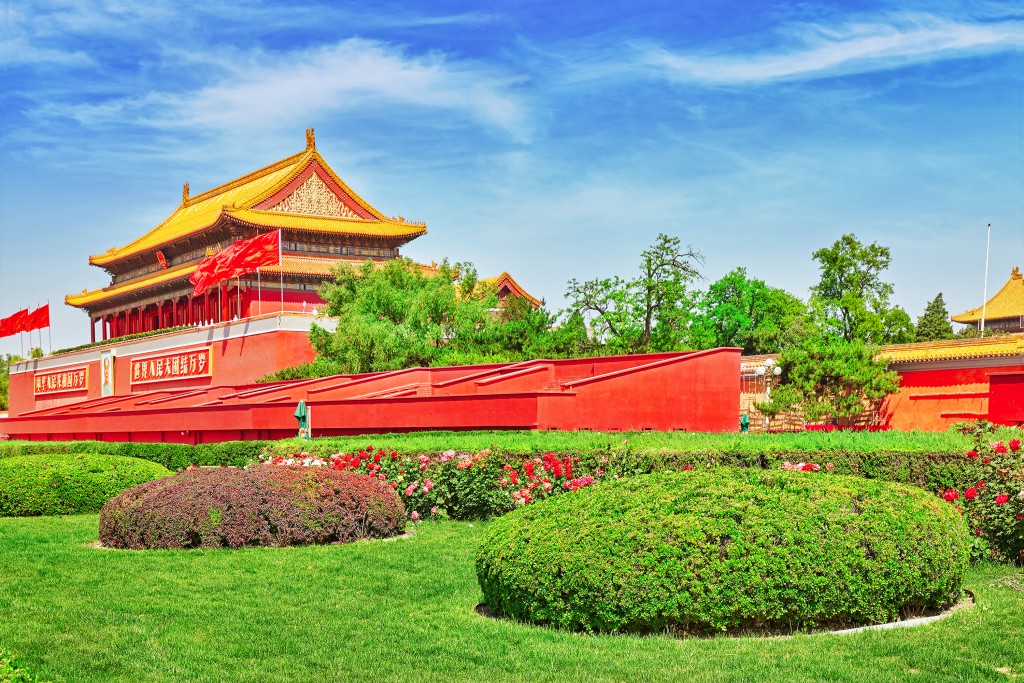
China’s National Day is celebrated every October 1st, the founding day of the People’s Republic of China. The holiday includes a week long break known as the “Golden Week” during which many Chinese people travel. Festivities include military reviews and parades, along with flag raising ceremonies, and fireworks displays. This is also a good time to shop as many stores offer discounts during the holiday. For more on the history of National Day and it’s celebrations visit:
Pingyao Ancient City
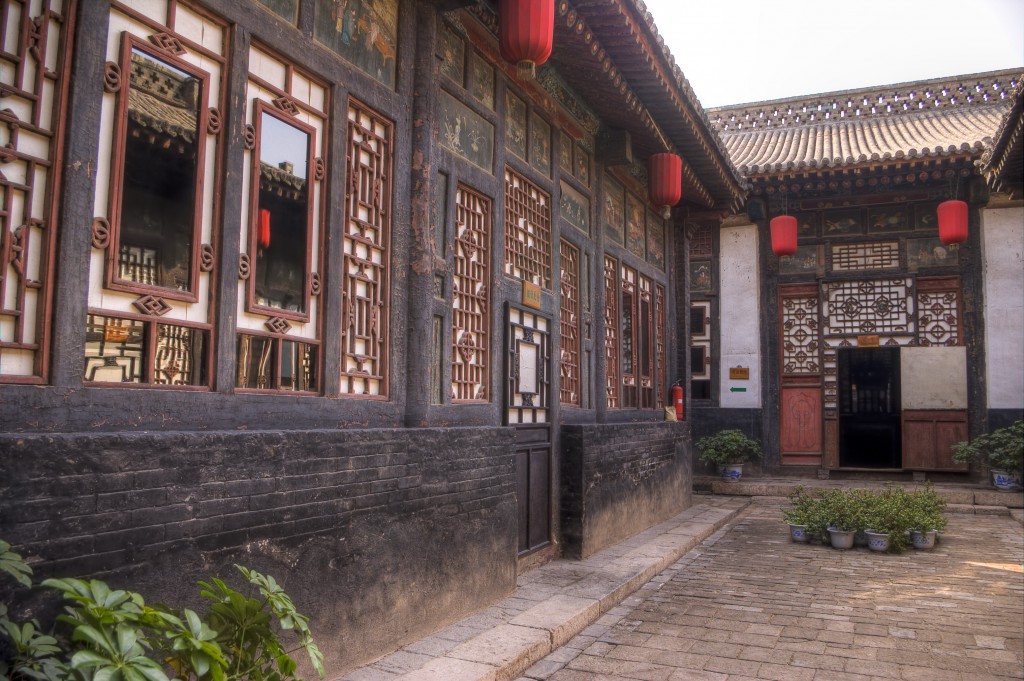
By Amanda Scott
Many tourists flock to the Great Wall every year. Known as the “Long Wall of Ten Thousand Li” in China, the Great Wall at over 20,000 km long is the world’s largest military structure. At that size it is no surprise that it draws such a crowd, but for those really looking to discover ancient Chinese life, travelers should head southwest from Beijing to Pingyao.
Just a four hour train ride from Beijing, Pingyao Ancient City is as close as you can get to being able to experience the eras of the Ming and Qing dynasties. The city, which dates as far back as 1368, still has 400 original courtyard buildings intact. The buildings form a 6 km wall around Pingyao. Back in the 19th and 20th centuries Pingyao was the center of China’s banking industry and its existing architecture is evidence of the city’s wealth.
Local hotels are fitted with ancient decor in the Ming and Qing style. The Yide Hotel is among the most popular. It is a renovated courtyard house that is within walking distance to the city center where tourists can find everything from small specialty shops with souvenirs to supermarkets where travelers can pick up any forgotten necessities.
Restaurants are abundant in the ancient city. Beef and yam is a popular cuisine found in most any restaurant, along with many types of noodles. Nightlife, while not like major Chinese cities, is available in the form of late night bars. Tourists can also take in folk cultural performances that show local history and culture.
Pingyao Ancient City is a good choice for travelers who enjoy history and want to get away from the major tourist cities of China.
New Zealand Chinese Language Week
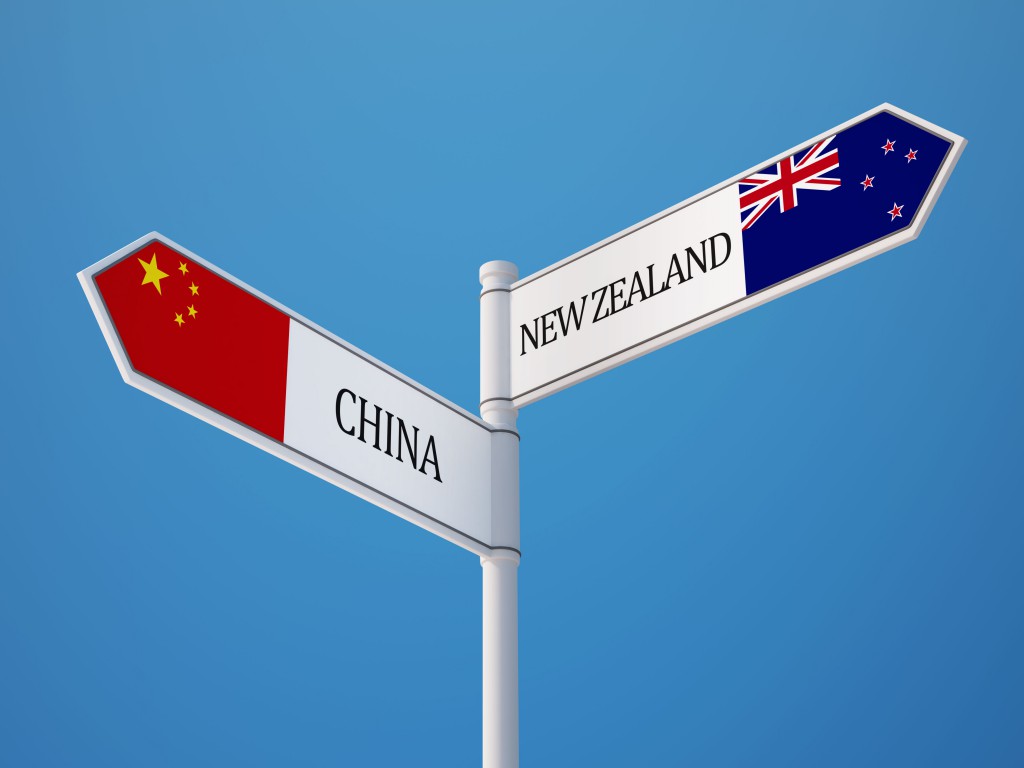
By Amanda Scott
Chinese Language Week is underway in Hamilton, New Zealand. The initiative was launched to create awareness of the Chinese language and culture. It will also provide insights on business and social etiquettes.
The week will be both educational and fun. A talent show this past Saturday started off the events of Chinese Language Week. There will also be introductory Mandarin language lessons available at Waikato Institute of Education. Other activities include China-inspired crafts, Traditional Chinese music, and a Chinese film night. There is also a Chinese performing arts troupe that will perform Thursday September 10th to a sold-out audience. Children were not excluded either; Mandarin classes for kids will be offered this coming Saturday. (more…)
Young Girl Hypnotizes Animals and Awes Audience in Chinese Talent Show

By Amanda Scott
A five-year-old girl, Han Jiaying, amazed crowds of people at a popular Chinese talent show. The young girl has the ability to put animals to sleep with her hands and voice. Han Jiaying hypnotized a series of animals in mere minutes.
Amongst the animals hypnotized were a rabbit, dog, lizard, frog, and even a chicken. Jiaying first discovered her hypnotizing hands after petting a frog at her kindergarten.
She stroked each animal before placing them on their backs. She continued the petting for a few seconds more before removing her hands. The animals remained still as if they were in a trance. The five-year old even remained calm when the dog appeared to waken at one point.
Judges of the talent show, Amazing Chinese, along with audience members were stunned.
Experts claim that the trick to the girl’s successful hypnosis of the animals can be explained by ‘tonic immobility’ or ‘apparent death’. Tonic immobility is a temporary paralysis that occurs in a variety of animals, usually do to fear while being physically restrained. The animal essentially ‘plays dead’ in hopes that the predator will lose interest. People can induce the same type of paralysis by holding the animal on their back or side.
Her performance has gone viral on YouTube, being viewed over 250,000 times since it was uploaded.
You can view the video here: www.youtube.com/watch?v=Dk4hFUtR3o8
Dragon Blade

American actors John Cusack and Adrian Brody joined Jackie Chan in the Chinese production Dragon Blade. The film has already had great success in China, raking in $120 million. That may not seem like much compared to U.S., but considering China’s highest grossing film ever only brought in only $200 million, it has been received very well by Chinese viewers. Dragon Blade will hit U.S. theaters in September of this year.
Dragon Blade is inspired by the story of Roman army, which made its way to China during the time of the Han dynasty, seeking power of the trade route, known as the “Silk Road,” between China and the West. Cusack and Brody play Lucius and Tiberius, two brothers and Roman generals, while Chan takes on the role of Huo An, a Chinese military officer, who leads a resistance against the Roman legion.
While the trailer is entirely in English, featuring only dialogue from the two American actors, the film will be mostly in Mandarin with English subtitles. This was likely done to gain the interest of the mass market English-speaking movie-goers. Dragon Blade is the most expensive Chinese-language film to date.
Writer and director Daniel Lee captures the brutality and turmoil of the battles fought in Western China. This action packed historical film should be a hit with American audiences as well.

